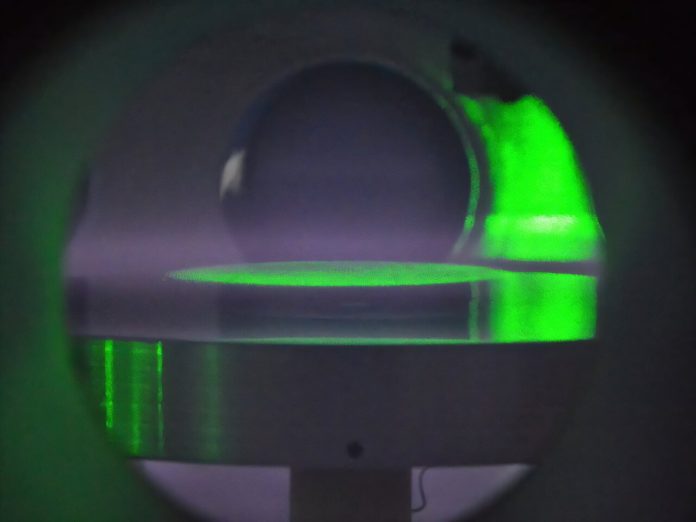
In a major leap for both artificial intelligence and physics, researchers from Emory University have used a machine-learning model to uncover surprising new physical laws governing dusty plasma—an unusual type of matter found in space and wildfires.
Their discovery doesn’t just clarify how tiny particles interact in this mysterious form of plasma—it also proves that AI can uncover brand-new physics, not just crunch data or make predictions.
The study, published in Proceedings of the National Academy of Sciences, was led by physicists Justin Burton and Ilya Nemenman.
What makes this research stand out is that the AI tool they built wasn’t just a “black box” that spits out results. Instead, the researchers carefully designed the system so they could understand exactly how it worked—and why it was making the discoveries it did.
Dusty plasma is a mix of ionized gas (plasma) and tiny solid particles, like dust or soot, that also become charged.
This strange material exists throughout the universe, from the rings of Saturn to the dusty surface of the moon. Here on Earth, you might find it during wildfires, where soot particles in smoke become electrically charged and can even interfere with radio signals.
Burton’s lab studies this exotic state of matter using plastic particles suspended in a vacuum chamber filled with plasma.
A laser slices through the chamber like a light curtain while a high-speed camera takes rapid images. These snapshots are then stitched together to show how the particles move in three dimensions.
The aim is to understand how thousands of tiny particles interact as a group, or “many-body system”—something that’s notoriously hard to model.
That’s where Nemenman’s expertise in theoretical physics and collective motion came in. He’s especially interested in how many small units—whether particles or cells—work together to create large-scale patterns, like how birds flock or how cancer spreads in the body.
Together, the team built a specialized AI model that could be trained on just a small amount of experimental data.
It focused on three major influences: environmental forces like gravity, drag or resistance, and the mysterious forces between the particles themselves—especially forces that don’t act the same in both directions.
This is where things got interesting. The AI discovered that in dusty plasma, one particle might attract another behind it, but that same second particle repels the first.
Think of two boats on a lake making waves—how they push or pull on each other changes depending on who’s in front. Until now, these strange “non-reciprocal” forces were only suspected. The new AI model gave the first precise mathematical description of them, with more than 99% accuracy.
The researchers also corrected some long-held but slightly flawed theories about dusty plasma. For example, it was believed that the more massive a particle, the more charge it holds—and that this charge increases directly with its size.
But the AI showed that the charge depends on the plasma’s temperature and density too, not just particle size. Another assumption was that the strength of the force between two particles always falls off with distance at a steady rate, regardless of size. Again, the AI proved that wasn’t quite right.
And the best part? These results were verified by real-life experiments, not just computer simulations.
The team’s AI model is lightweight enough to run on a desktop computer and can be adapted to study other many-body systems, from paint and ink to living cells. Nemenman is even planning to use the same method to study how human cells move through the body—something that could offer insights into diseases like cancer.
Although the AI discovered new laws of nature, it was the human researchers who designed, interpreted, and confirmed the results. Burton emphasizes that human insight is still essential. “AI is a tool—but the right tool needs the right hands,” he says.
By boldly venturing into the unknown, this research opens the door to using AI to unlock the secrets of the universe—and maybe even life itself.



